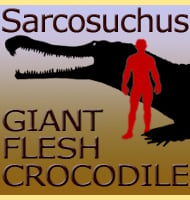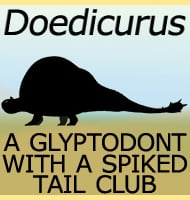In Depth
Baltocteniza is a genus of trapdoor spider known to have lived in what is now North east Europe during the Eocene. Trapdoor spiders are famous either for digging out burrows or lining existing crevices in rocks and trees with silk and then covering the end with a hinged ‘trapdoor’ made out of dirt, stones and bark bound together with more silk. The spider lurks behind this door with its feet resting on silk thread trip wires that run outside the burrow so that the spider can feel passing insects. When the spider judges that one is close enough, it bursts out of its hole, bites the insect injecting venom and then drags its prey back into the burrow, closing the trapdoor behind it.
Baltocteniza is so far only known from a single but well preserved possibly sub adult female specimen. For this reason we can accurately measure the dimensions of the holotype individual. Baltocteniza has been identified as being similar to another genus of Eocene trapdoor spider called Electrocteniza, while also similar to the modern day genus Latouchia which lives in Asia.
Baltic Amber is the result of tree resins solidifying during the Eocene Epoch. Small animals such as insects and spiders were preserved inside this resin when it was runny, and were near perfectly preserved for well over thirty million years afterwards. Most Baltic amber is small and preserved in sediments on the bottom of the Baltic sea, however because amber typically floats in salt water, lots of small chunks of amber are washed up on the coastlines of the Baltic sea, especially in countries such as Poland and Russia.
Further Reading
- The first ctenizoid mygalomorph spiders from Eocene Baltic amber (Araneida: Mygalomorphae: Ctenizidae). Paleontological Journal 34(Suppl 3):S268-S274. - K. Y. Eskov & S. L. Zonstein - 2000.









